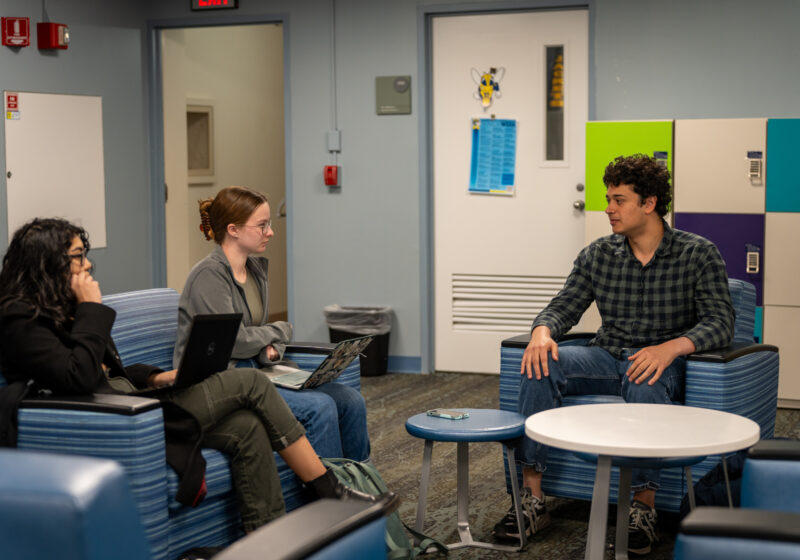The Batten Disease Diagnostic and Clinical Research Center has recently been established at the UR Medical Center to help children and their families affected by Batten Disease.
“Batten Disease is a rare disorder,” Associate Professor and Chief of the Division of Child Neurology Jonathan Mink said. “Most child neurologists may see only one patient [with this disease] in their career. Having a diagnostic and clinical research center where there are physicians with substantial experience seeing patients with Batten disease will provide several advantages.”
Batten Disease is a group of genetically inherited disorders called neuronal ceroid lipofuscinoses.
The Juvenile Batten Disease, which is the primary focus of the center, is a very uncommon disease affecting 1 in 20,000 children in the United States.
This disease generally develops in children between five and eight years of age.
It gradually leads to loss of vision, physical symptoms, behavioral problems, eventual cognitive decline and, finally, neurological problems such as seizures and loss of motor functioning.
The patient may then become confined to a wheelchair by their early teens and will ultimately die in his or her late teens or early-20s.
“The cause of the disease is very heterogeneous,” Biochemist and Batten Disease researcher David Pearce said. “Depending on a lot of other variables, [the progression of the disease] happens at various degrees in patients. Unfortunately, though, the outcome of the disease is the same – the children end up in wheelchairs at some point, and the disease eventually leads to their death.”
Pearce is one of the members responsible for organizing the team that formed the center.
In addition to Mink and Pearce, the center comprises six other members, including two neurologists, a neuropsychologist, a pathologist and a pediatric nurse practitioner.
The center has developed a new rating scale called the Unified Batten Disease Rating Scale for evaluating the treatment methods.
The scale is administered by a physician or nurse clinician, and information about the race, sex, demographic area, ethnic background, medical history, types of seizures, behavioral abnormalities and motor function is obtained from the patient.
Each of these factors is rated, generally on a four-point scale, and the measures are totaled to provide an overall estimate of the severity of the disease.
“The scale will be used in future clinical trials to provide an objective, reliable and quantitative measure of the symptoms’ severity and change with intervention,” Mink said. “[The center] will enhance the education and counseling we can provide to families. It will confirm suspected diagnosies of Batten Disease.”
There is no direct education available to the medical students through the center.
The families of the affected patients receive much information about the disease and its effects.
“There is no class or course that we teach [that is] related just to Batten Disease,” Pearce said. “But the main idea of the center is to educate the families about Batten Disease, about the effects of the disease and about what to expect as the disease progresses.”
The center is funded by the Batten Disease Support and Research Association and a pending grant from the National Institutes of Health.
Sridharan can be reached at asridharan@campustimes.org.


